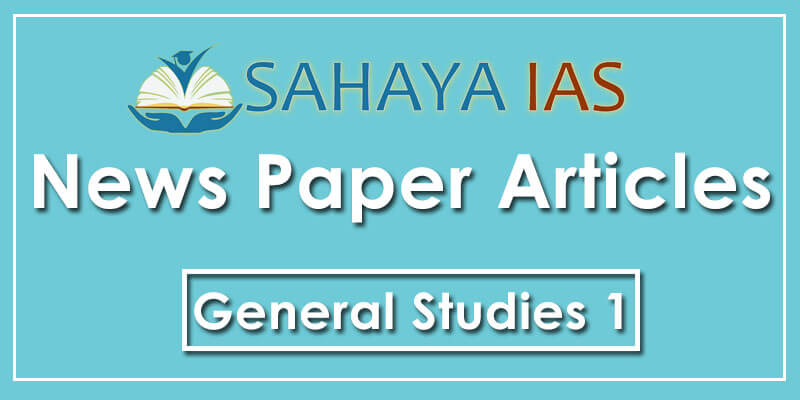Two Punjabs, one South Asia-India-Pakistan rapprochement and the South Asian future require subnational engagement, starting with Punjab
- Unfazed by ridicule on Indian television, the cricketer-turned-politician Mr. Navjot Singh sidhu spoke of peace, trade and people-to-people contact, all of them lost causes of the ‘track two’ dialogues of past decades between Pakistan and India.
- Sidhu’s confidence seemed to emanate from being a Sikh and Punjabi reaching out to Pakistani Punjab, and in his wordy sermons one actually detected the formula for India-Pakistan cohabitation, which would also catalyse cooperation in the larger South Asian region.
Ultra-nationalist fog
- Peace in the Subcontinent presupposes amity between India and Pakistan, and more than 40 years of efforts at regionalism has been held hostage by hostility of the two, with the other countries watching askance.
- The cost of maintaining massive militaries in each country drags down efforts at social justice is lost in the fog of ultra-nationalism.
- India, as the more stable democracy, should inculcate empathy for the neighbour, but the New Delhi commentariat tends not to recognise the difference between the Pakistani state and its people, the latter struggling against extremism, military supremacy and state-centralism all at one go.
- The trolling and abuse on all matters related to Pakistan can be expected to peak as India’s general election of 2019 draws near, which will only help Islamabad’s military-intelligence complex tighten its grip on the society.
- It is high time to try once again for a plan for South Asian regionalism.
Opportunity costs
- The potential of South Asia for sustained high growth has been blocked by the tightened national borders, with India playing its part by building barbed wire fences on the Pakistan and Bangladesh frontiers.
- In all of seven decades, the economic history of the Subcontinent has been forgotten, with the ultra-nationalist narrative having us believe that this separate living is how it has always been.
- As the historical ‘connectivity’ of the Subcontinent crumbled, it created massive dysfunction as economies of scale and production chains were disrupted.
- The opportunity costs have been incalculable in terms of infrastructure, production and commerce, and the loss in livelihoods would be heart-rending if only we cared to calculate.
- The present-day failure of South Asian academia is its unwillingness to theorise on the promise of economic growth and social justice that regionalism holds, through soft/open borders.
- Of the Indian intelligentsia, the failure is also in seeing economic geography through the New Delhi lens rather than those of the ‘peripheral’ regions, from Rajasthan to the Northeast.
- ‘South Asia’ must be understood as a project for social justice, to be achieved through economic rationalisation, sub-regional interactions and reduced military budgets – and open borders such as exists between Nepal and India.
Counter-populism
- While the Pakistani state is rightfully critiqued for the way the military/intelligence calls the shots — from the Kargil misadventure to cross-border militancy, to even denying Punjab province the right to import energy from India — the self-perception of India as ‘good’ and Pakistan as ‘bad’ should have been abandoned long ago.
- In Pakistan, the space of the public intellectual is circumscribed by the jihadists, the army and the military intelligence.
- In India, a much freer country no doubt, there is the rise of pernicious ultra-populism that keeps public figures from speaking up.
- The fear that South Asia as a concept heralds some kind of supra-sovereignty is misplaced, for there is no plan afoot for supplanting of the nation-state and associated group privileges.
- Instead, a realistic formula for South Asian regionalism lies in allowing the federal units of the two largest countries — the provinces of Pakistan and the states of India — autonomy, which today exists only on paper.
- This is where the Punjab-Punjab formula comes in.
- Given that South Asian regionalism can only come from a turn towards genuine federalism in India and Pakistan, Punjab Province and Punjab State are the places to start anew.
- It may just be Punjabiyat is the concept which will help bring India and Pakistan closer to peace, and make South Asia a safer and more prosperous place.



Comments (0)